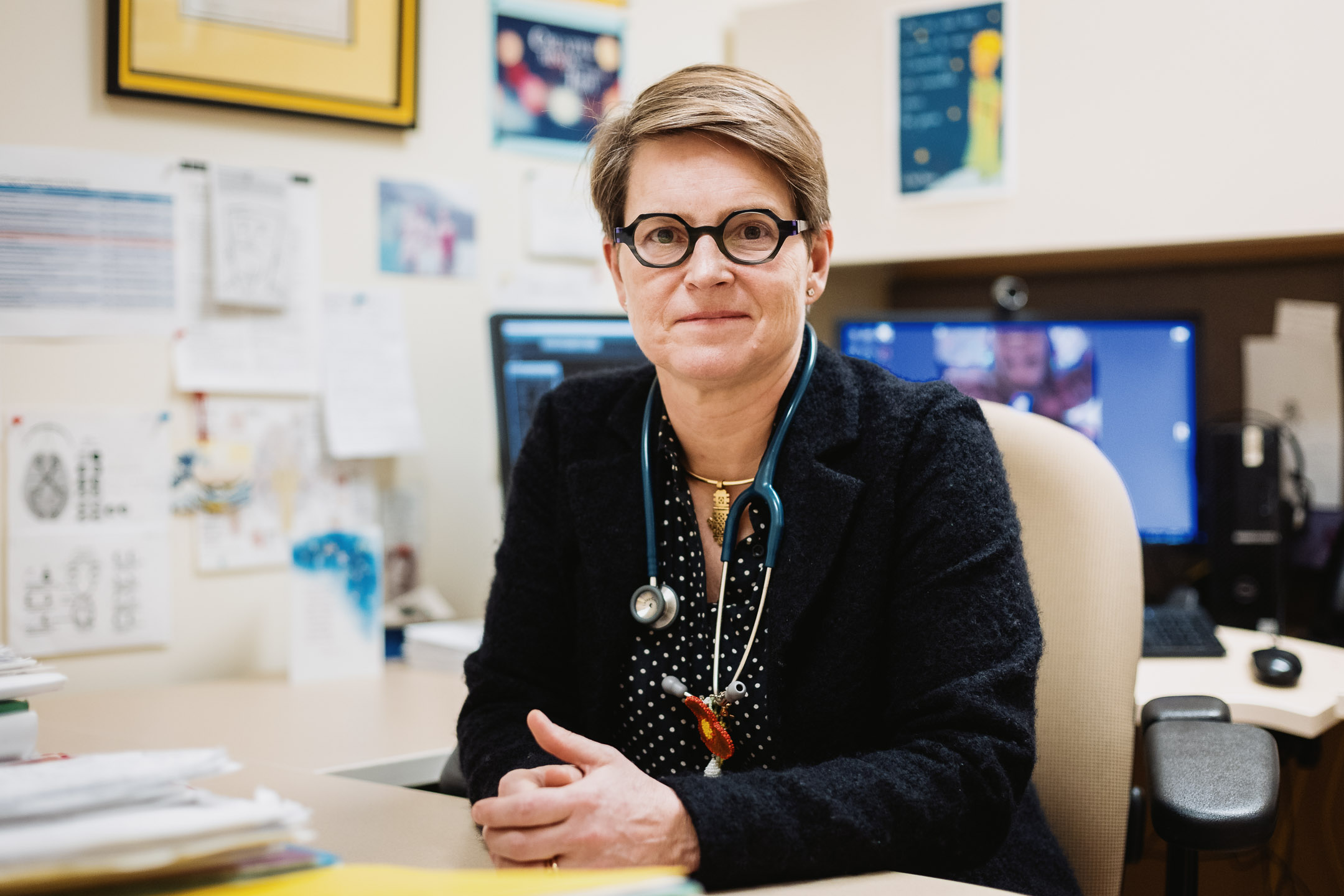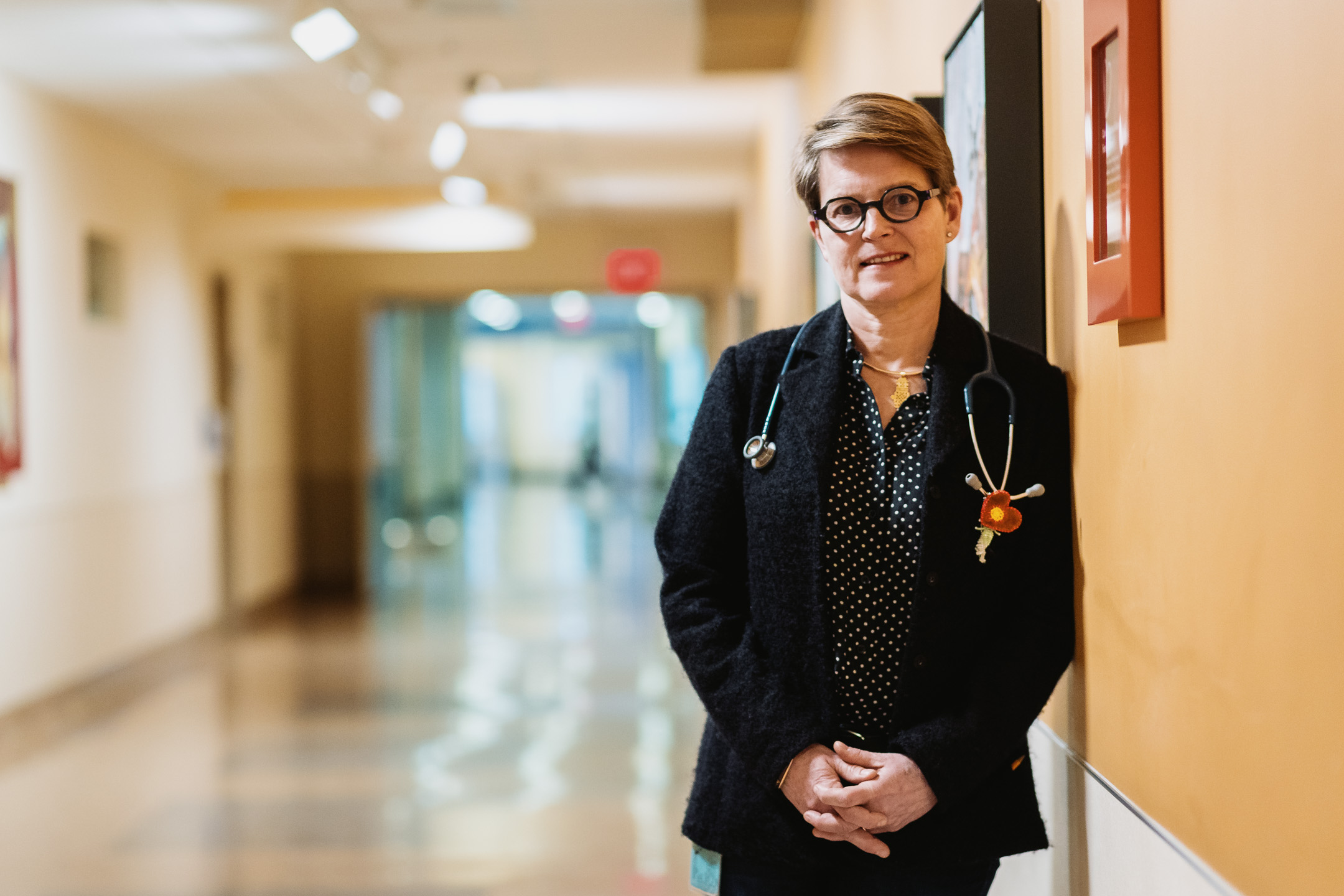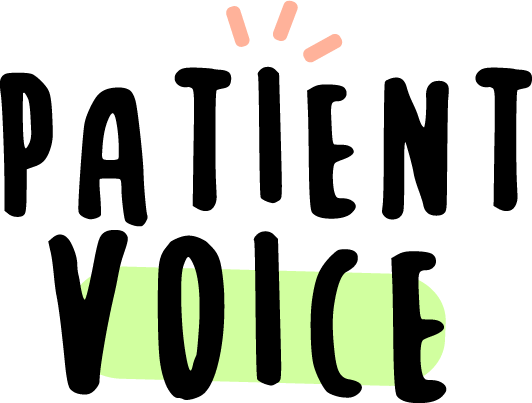
Dr. Lucie Lafay-Cousin is a pediatric neuro-oncologist with the Alberta Children’s Hospital and an associate professor in the Department Oncology and Pediatrics at the University of Calgary.
What is neurofibromatosis type 1 and how is it diagnosed?
Neurofibromatosis type 1 (NF1) is a genetic condition that affects multiple systems in the body, but most frequently affects the skin and central nervous system. It also causes a significant increased risk of developing tumours, whether they're benign or malignant. NF1 is actually somewhat common among rare diseases – 1 in every 3,000 babies is diagnosed with the condition. To put things in perspective, cystic fibrosis, which is a much more well-known condition amongst the general public, affects about 1 in every 2,500 births – so they’re pretty similar in terms of how many people they impact. However, despite its comparable prevalence, NF1 is much less understood among the general Canadian population.
An NF1 diagnosis is primarily based on clinical criteria, through a collective assessment of the signs and symptoms, although genetic testing can also be done if needed.
What symptoms should a parent look out for?
There are seven common criteria to identify NF1 in children, and it only takes two criteria to confirm a diagnosis. These signs or symptoms include skin lesions called café-au-lait macules (flat, light brown, coffee-coloured spots on the skin), freckling in the armpit or groin regions, potential vision loss (caused by a benign tumour in the optic track), Lisch nodules (lesions on the iris), bone issues (including bone deformity, scoliosis, or bone dysplasia), and either benign subcutaneous lesions called neurofibromas or plexiform neurofibromas (PNs), which are soft, tumour-like bumps that appear on or below the skin. Sometimes you can see and feel PNs on the surface of the skin, for example as some deformity or swelling around the eyes or on the neck, but they can also be deep and not visible. As some of these PNs grow, they can cause pain or limit function depending on their location.
The last diagnostic criterion is having a specific variation in the NF1 gene where only one copy of the gene is affected, and it's considered pathogenic (harmful). This altered gene is detected in about 50% of normal tissue, like white blood cells.
Parents with NF1 have a 50 per cent risk of passing the genetic condition to their kids. In half of cases, however, NF1 happens spontaneously and isn’t associated with any family history of the disease.
Parents should look out for these symptoms in their children if there’s a family history of NF1 or if they have concerns about their child's health. It’s also important to note that the expression of the disease can vary from one person to another.
What social or psychological impacts can NF1 have on a child and on the family?
Children with NF1 may have multiple health issues that arise from the condition. The first impact on the children and their caregivers is that they have to attend multiple medical appointments with different specialists – pediatricians, ophthalmologists, orthopedic doctors, and so on. This can be a significant financial and emotional burden on families.
A fair number of kids with NF1 also struggle with attention-deficit/hyperactivity disorder (ADHD), learning difficulties, and academic challenges, so this is another common social and psychological impact of NF1 as these issues can cause quite a bit of stress and anxiety.

How are the mental and physical effects of NF1 managed?
When it comes to the mental effects of NF1, such as ADHD and learning difficulties, a family physician or pediatrician may refer the child for developmental and psychosocial evaluation, to allow for adjustment and support at school and medication if needed. Similarly, psychological support through counselling may be recommended in cases of social anxiety.
On the physical side of things, in order to effectively manage children with NF1, we should be using a multidisciplinary approach. Kids with this condition benefit from a multidisciplinary clinic where we can provide them with the resources they need in a centralized manner, although unfortunately this doesn’t exist everywhere.
These children should have regular follow ups with a healthcare team knowledgeable in NF1, to ensure appropriate monitoring of their growth rate, blood pressure, annual visual assessments, skin and neurological examination. This team can initiate referrals to subspecialists, such as orthopedists in case of bone deformities and scoliosis, and to oncologists to screen for the development of PNs. As they get older, children with NF1 have a higher risk of early puberty onset, hypertension, cardiovascular complications, and of developing malignant tumours such as leukemia or high-grade gliomas in the brain. Some PNs have the potential to transform into cancerous lesions called malignant peripheral nerve sheath tumors, so we really need to keep an eye on these PNs, particularly if they grow quickly and come with pain.
In terms of medication, MEK inhibitors are a promising new treatment option for symptomatic PNs. While the most common symptom of PNs is pain, they can also cause function and mobility issues. It’s encouraging that we can now offer these as a treatment for children, and help to decrease kids’ pain while improving function and mobility and reducing the size of the mass.
Why is it a hopeful time for the NF1 community?
For the longest time, at least since I've been practicing neuro-oncology, there weren’t any targeted treatments that we could offer children with PNs. The generalized treatments we had on hand weren’t really working. Fortunately, through research, we were able to gain a better understanding of the underlying cause of tumour development, and we’ve been able to develop medications, like the MEK inhibitors, that can really help to manage the symptoms caused by PNs.
Finally, having long-term data for treatment efficacy — especially when we have new options emerging — is very important for families and healthcare providers. New data was recently released for one of the MEK inhibitors, supporting its safety profile at five years and beyond. Families can now have reliable options for managing their child’s condition. It’s certainly a hopeful time for the NF1 community.
Living with neurofibromatosis type 1 comes with unique challenges. Staying connected to updated information will help focus your efforts on the best possible care. To learn more about NF1, visit Living with NF1 PN.
This initiative was made possible with support from Alexion AstraZeneca Rare Disease.

%20(1).jpg)



.jpg)
